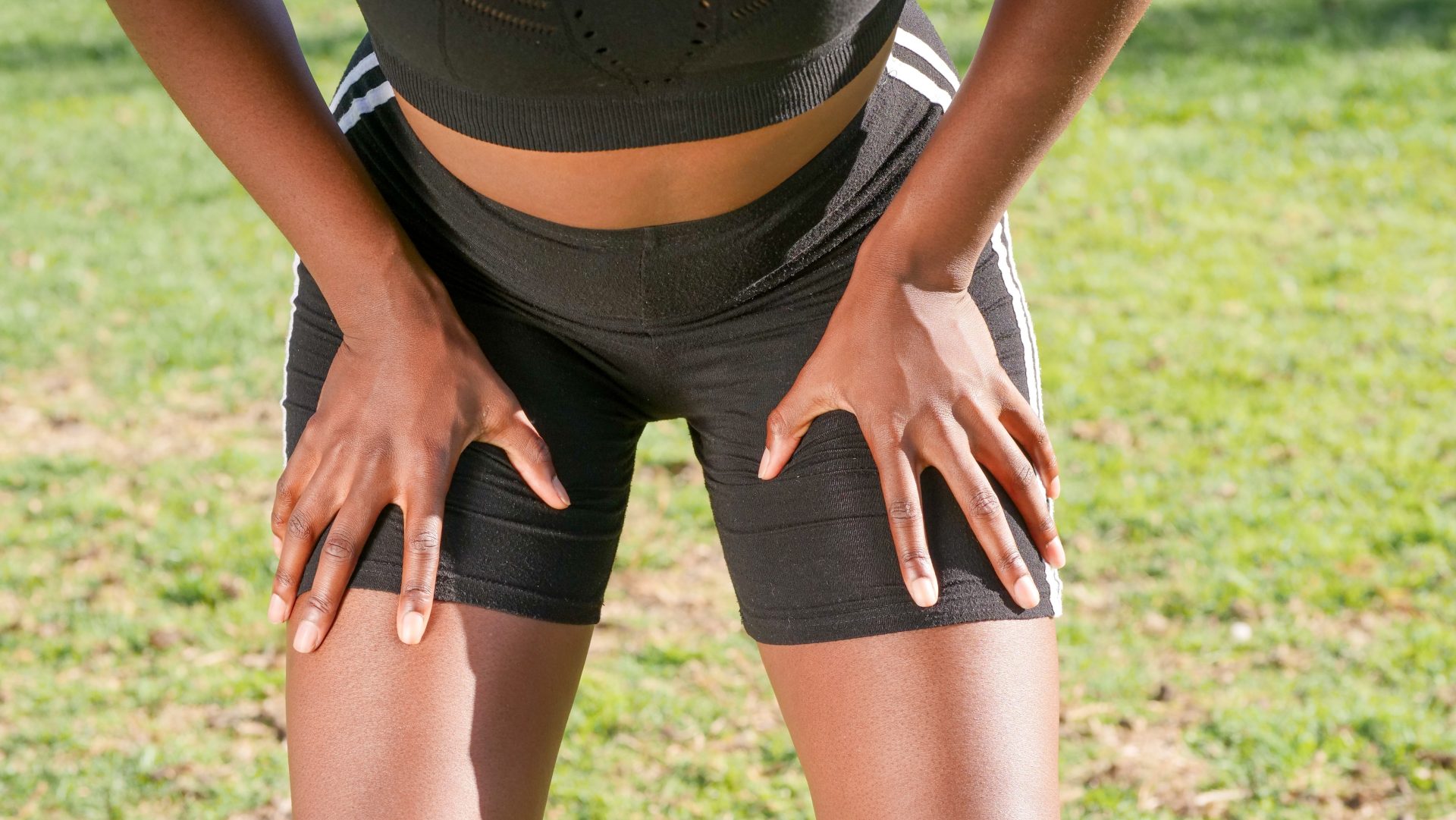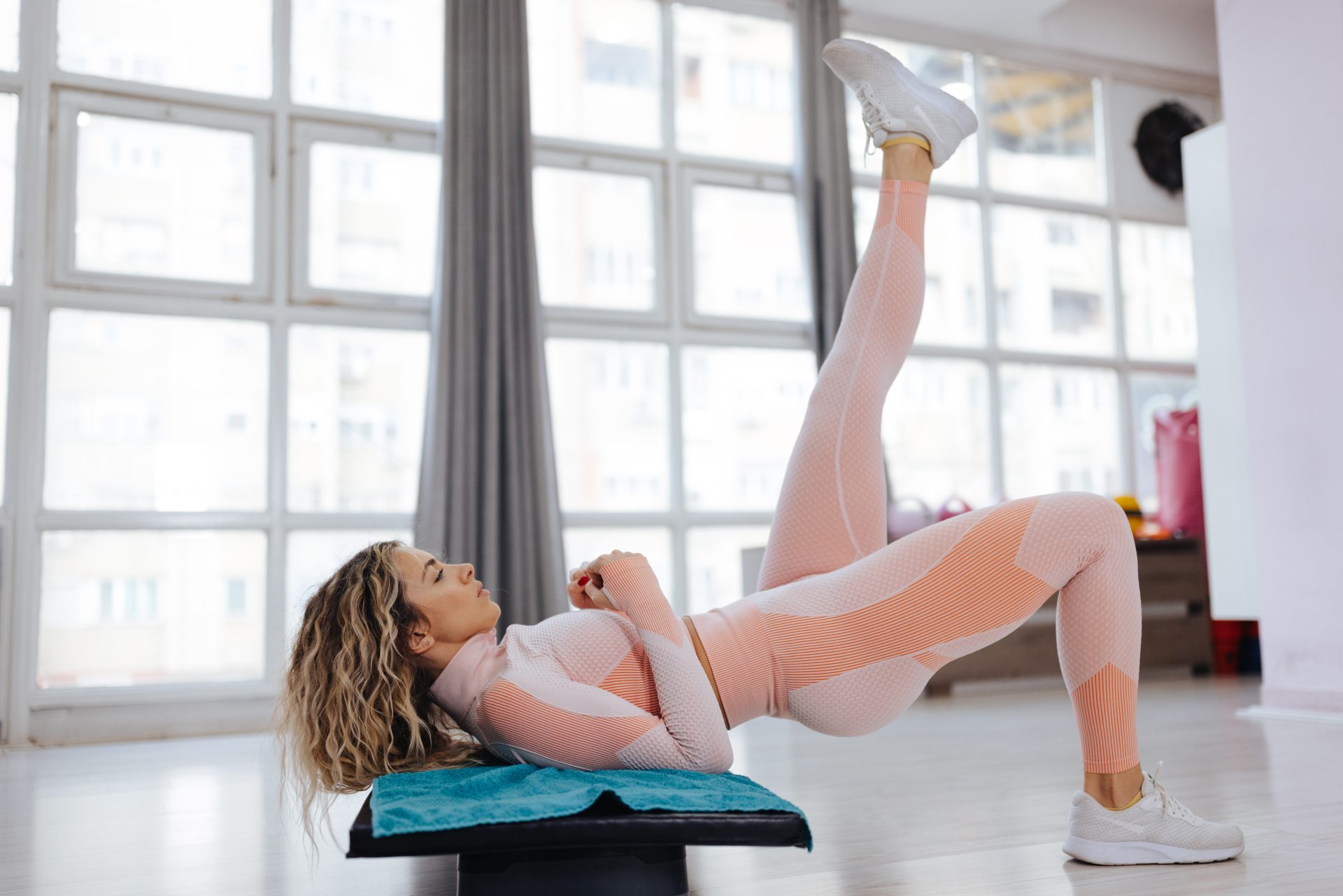Are you naturally stronger in some areas than others? It might be muscle dominance, according to an expert physiotherapist.
Pull-ups are one of the hardest exercises out there, but I’ve always found they come (relatively) easy to me. I put this down to strong lats, a fact I was proud of when I could bash out a few reps despite not practising the move regularly.
Only recently a physiotherapist knocked me off my pedestal, telling me that these muscles that run down the side of my back weren’t just strong – they were dominant.
Muscle dominance describes the muscles that tend to ‘take over’ our movement. “Ideally, we want to have a relatively even distribution across all muscles, particularly when we perform compound exercises,” says physiotherapist Tim Kayode, founder of Myoset clinic. “If some of your muscles are dominant, you’ll find that they tend to take most of the load, while other muscles don’t get as strong.”
Does muscle dominance matter?
Kayode says the most commonly dominant muscle grouphe sees is the quads, usually caused by excess sitting or intense running. Any of the big muscle groups, however, can be dominant. But does it really matter if you have dominant quads, lats or pecs? Isn’t it a good thing if the muscles you regularly use are firing a lot?
“There’s a difference between being strong and being dominant,” says Kayode. “Yes, it’s important for you to have strong muscles that can take on necessary load, but if you are loading too much through a solo muscle group it means that muscle is probably doing too much work.”

Of course, some muscles have to be stronger than others; you wouldn’t expect your biceps to be as strong as your glutes, for example. However, Kayode says we should be aiming for ‘harmony’ – for example, strengthening your hamstrings and glutes enough for them to support your quads when you squat, so as not to be overpowered by the muscles at the front.
“The long-term impact of dominance is a heavy risk of you hurting yourself. There won’t be a sudden injury, but there will be an accumulative one,” says Kayode. “I hear it a lot in people who start training for marathons – they won’t have issues at 5k or 10k, but when they up the pace and the distance they will find their knees or ankles start playing up because they haven’t built the necessary strength in the back and side of their legs as they have in the front.”
What causes muscle dominance?
“One of the main things that can cause dominance is poor technique. If you’re constantly doing something with the wrong form (and remember that ‘good’ form is different for everyone) or in a way that only loads up one muscle, that muscle will get stronger. When it becomes a habit, you’ll continually strengthen that muscle group until it becomes dominant,” says Kayode.
“It could also be muscle inactivity. If our lifestyle or our training leads to some muscles being more active, they can become dominant,” he says. A clear example is in those who spend a lot of time sitting down, making them more dominant through the front of the body and less ‘active’ through the back.
You may also like
Glute workout: build stronger glutes with muscle activation
“That inactivity can also be because we’re not engaging through the smaller muscle groups. When we train, we typically train major muscle groups like our hamstrings, quads, biceps or shoulders. We don’t often train those smaller muscles that attach into those big muscles – if the small muscles aren’t as strong then it can reduce how well you use the big muscles.”
How to improve muscle dominance
To figure out which of your muscles are dominant, Kayode recommends thinking about your strongest or tightest parts. What muscles do you feel activate in your body most easily? Try doing some bodyweight moves – a squat or a press-up – and feel which muscles immediately take the weight of your body.
“We want harmony amongst our muscles so that they complement each other rather than go against one another,” Kayode says. And here is how he suggests doing that:
Focus on isolation moves
We tend to opt for exercises we’re best at, but that only emphasises our dominance. “If those parts of your body are very strong already, they are easy to train,” says Kayode. “We need to do the hard stuff.”
If the problem is that your dominant muscles take over, the solution is not giving them a chance. “Swap compound exercises that end up relying on dominant muscles for isolation moves that target weaker muscles,” says Kayode.

For me, that means swapping bent-over rows that end up using more of my lats than my back for rear delt flys and cable pulls. For those with quad dominance, it might mean swapping squats for hip thrusts or deadlifts to target the back of the body.
Activate your muscles
You don’t have to stop all compound exercises to avoid strengthening dominant muscles. But if you are, for example, trying to use glutes and hamstrings more as you squat, then you need to properly warm them up.
“I make sure to spend 10 to 15 minutes really focusing on activating the weaker muscles before exercising,” says Kayode. “When you fire them up, it helps you engage with them and connect with them and they know what’s going on – they know they’re needed in that workout.”
Activation exercises tend to be bodyweight, banded or very lightly weighted versions of isolation exercises. For glute activation, think glute bridges and clamshells. For hamstrings, think hamstring drags or Nordic curls. For my back, supermans and swimmers are key to targeting the muscles closer to my spine.
Make mind-to-muscle connection
Finally, a little bit of thinking goes a long way. Being distracted means you’ll rely on your strongest patterns, while thoughtfully contracting means you’ll use the muscles you want to strengthen. Tapping the area while you lift (if possible) is a good way to do this. For example, in a single leg bridge or split squat you can place one hand on your glute to draw your attention to the area. In compound moves, where you can’t go hands-free, envision the area you want to target moving as you lift to really emphasise the muscle.
For more workout tips, sign up to the Strong Women Training Club.
Images: Getty/Pexels
Source: Read Full Article
